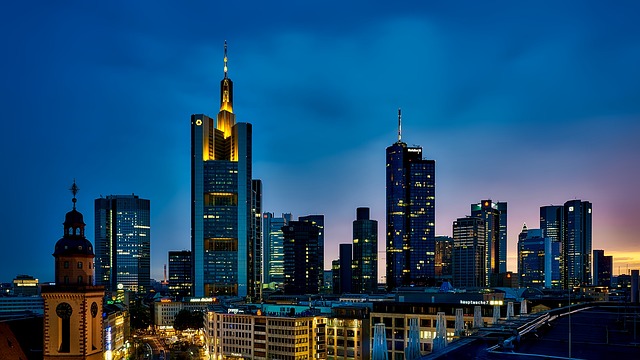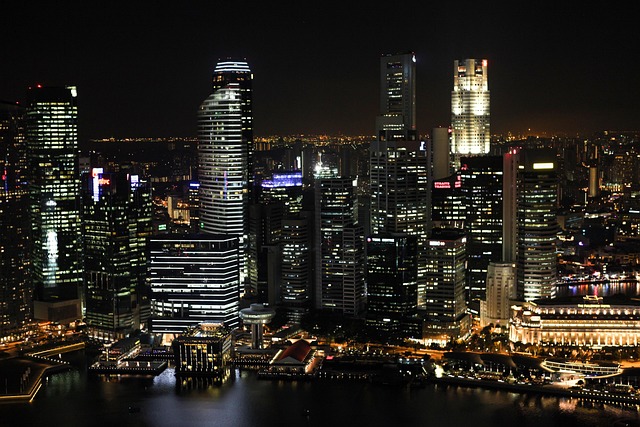Karachi, Pakistan's economic powerhouse, relies on an extensive gas infrastructure supporting industries, homes, and energy security. Shahra-e-Qaideen, a vibrant neighborhood, is a key hub for gas distribution, powered by strategic pipelines and storage. Local suppliers ensure efficient delivery, while emerging technologies like smart grids and renewable sources aim to revolutionize and diversify Karachi's energy mix, catering to its rapid growth.
In Karachi, gas availability is a critical aspect of urban living, with Shahra-e-Qaideen emerging as a key area demanding efficient energy solutions. This article delves into the intricate web of gas infrastructure in Karachi, focusing on Shahra-e-Qaideen’s unique energy landscape. We explore how surrounding networks and local suppliers contribute to the current distribution channels, while also shedding light on future prospects to enhance gas availability for the bustling metropolis that is Karachi.
- Gas Infrastructure in Karachi: An Overview
- Shahra-e-Qaideen's Surrounded Energy Networks
- Local Suppliers and Distribution Channels
- Future Prospects for Enhanced Availability
Gas Infrastructure in Karachi: An Overview

Karachi, as Pakistan’s economic powerhouse, boasts an extensive gas infrastructure to support its burgeoning industries and population. The city is well-connected through a network of gas pipelines, ensuring a steady supply to various sectors, from residential areas to industrial hubs. This robust framework plays a pivotal role in shaping the metropolitan area’s energy landscape, driving economic growth, and facilitating daily life.
The gas infrastructure in Karachi includes both natural gas and liquefied petroleum gas (LPG) distribution systems. Natural gas is delivered through an interconnected network of pipelines, catering to major industrial zones, commercial buildings, and even some residential neighborhoods. LPG, on the other hand, is widely used for domestic cooking and heating purposes, with numerous filling stations scattered across the city, making it easily accessible for residents. This dual-fuel approach ensures Karachi’s energy security and contributes to a more sustainable urban environment.
Shahra-e-Qaideen's Surrounded Energy Networks

Shahra-e-Qaideen, a bustling neighborhood in Karachi, is not just a residential area but also a hub of activity where energy networks intertwine. The region’s strategic location makes it a vital part of the city’s overall gas distribution system. Here, various energy providers compete to offer natural gas services, ensuring residents have access to this essential fuel for cooking, heating, and power generation.
The availability of gas in Shahra-e-Qaideen is facilitated by an extensive network of pipelines and storage facilities. These networks connect the area to larger gas supply lines, enabling efficient distribution across the metro. Moreover, local gas stations and distributors play a crucial role in ensuring residents can access gas promptly and safely, contributing to the overall energy security and convenience of Karachi’s citizens.
Local Suppliers and Distribution Channels

Karachi, known for its bustling streets and vibrant markets, boasts a well-established network of local gas suppliers and distribution channels. These suppliers play a crucial role in ensuring the availability of natural gas for residential, commercial, and industrial purposes across the city. The distribution system is often a complex labyrinth, with multiple private companies operating alongside state-owned entities.
Each supplier has its own delivery routes and customer base, contributing to a diverse yet interconnected network. This local infrastructure is designed to cater to the ever-growing demand for gas in Karachi, ensuring that neighborhoods and businesses alike have access to this vital resource. The efficient distribution channels are a testament to the city’s dynamic energy sector, facilitating a smoother flow of gas throughout Shahra-e-Qaideen and beyond.
Future Prospects for Enhanced Availability

As Karachi continues to grow and develop, ensuring reliable gas availability is a top priority. The city’s energy needs are ever-evolving, demanding sustainable and accessible solutions. Future prospects for enhanced gas availability in areas like Shahra-e-Qaideen look promising with emerging technologies and infrastructure projects. Smart grid systems and decentralized energy generation could revolutionize the way gas is distributed, improving efficiency and reducing reliance on traditional energy sources.
Additionally, investment in renewable energy sectors such as solar and wind power can complement fossil fuel-based gas supply, contributing to a more stable and environmentally friendly energy landscape. Karachi’s future energy security lies in diversifying its energy mix while implementing innovative solutions, ensuring that areas like Shahra-e-Qaideen benefit from reliable and sustainable gas availability.
Karachi’s energy landscape is undergoing a transformative shift, particularly in Shahra-e-Qaideen, where improved gas availability is no longer a distant prospect. By enhancing infrastructure, optimizing distribution networks, and fostering local supplier partnerships, the city is poised to experience stable and accessible natural gas supplies. These strategic initiatives will not only benefit residents but also drive economic growth, making Karachi a model for sustainable energy management in Pakistan.



